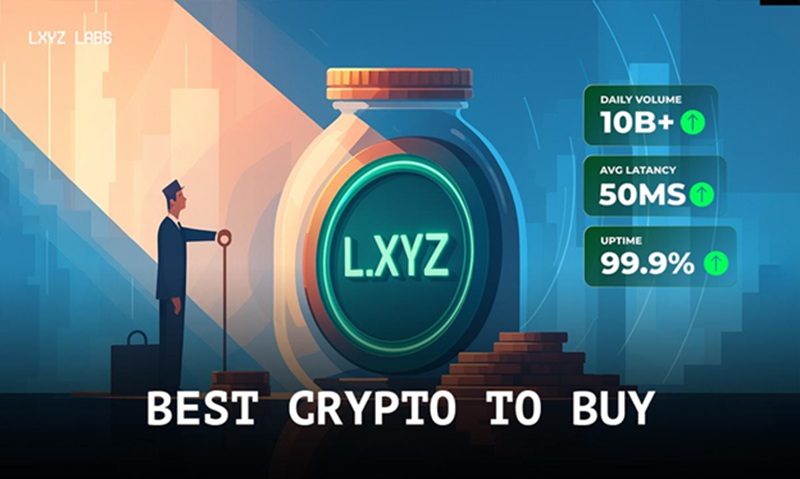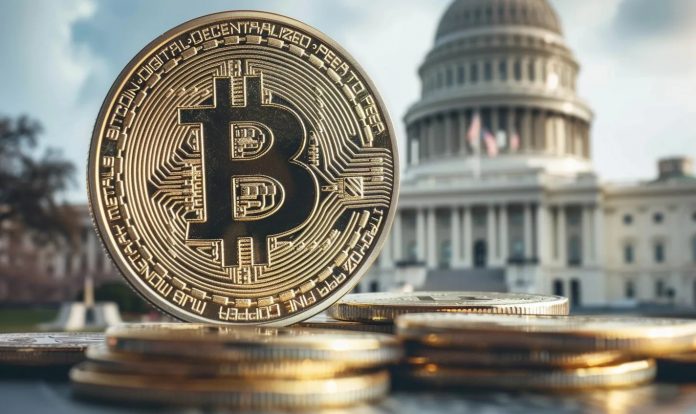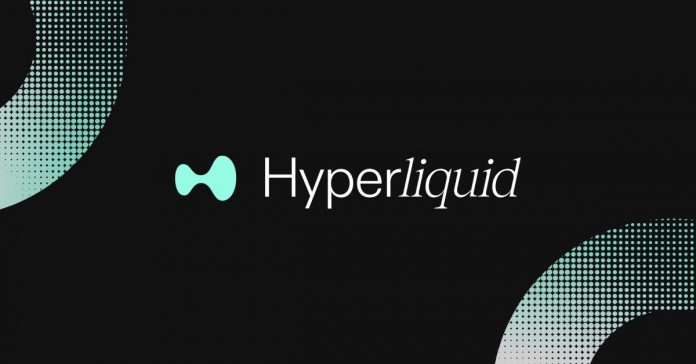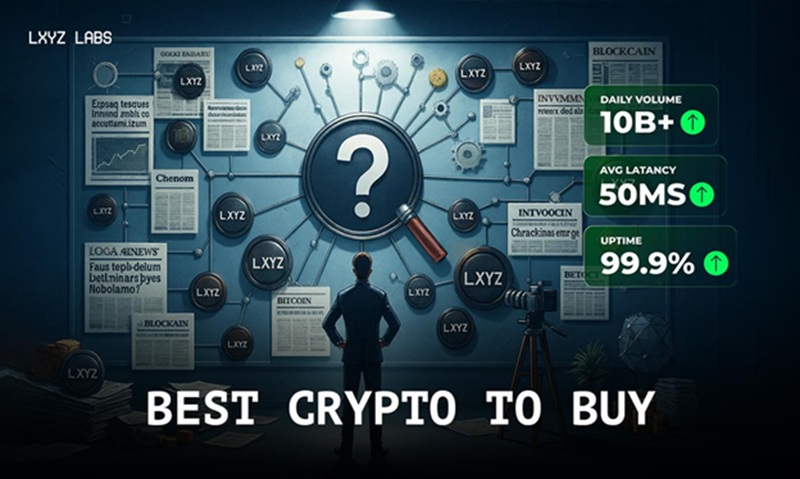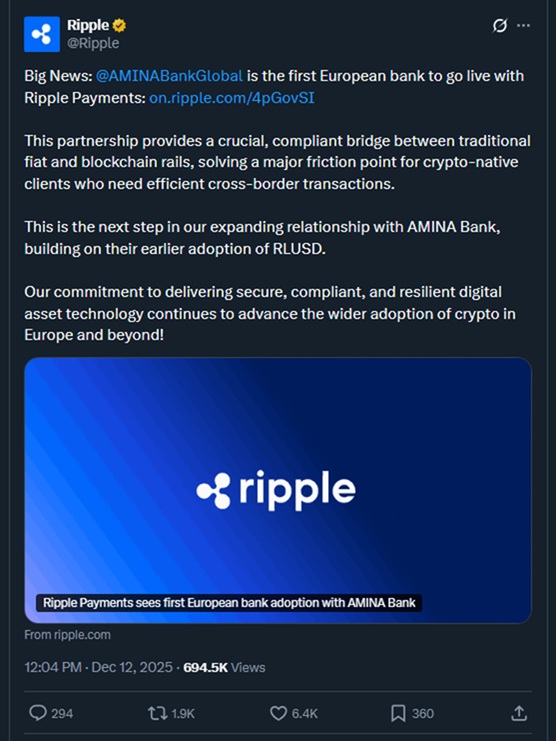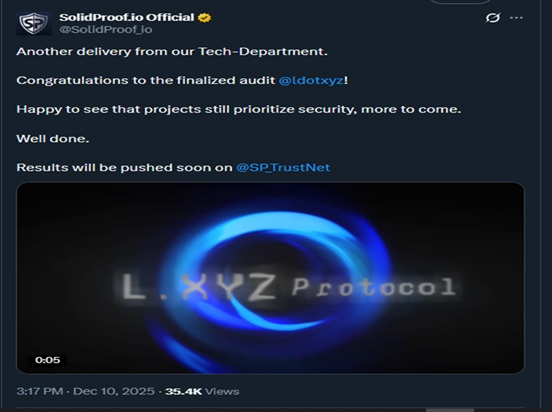South Asia has become the focus of attention of the crypto industry once again as regulatory developments in South Asia portend another round of adoption across the world. With Binance and HTX given the green light to pursue crypto licensing in Pakistan, key exchanges are establishing their roots in developing countries, transforming the dynamics of compliance and access to co-exist in a decentralized future.
Pakistan’s Regulatory Breakthrough Spurs Global Attention
Both Binance and HTX were given the green light to seek crypto licenses under the Pakistani anti-money-laundering (AML) policy, as verified by Binance CEO Richard Teng. This action depicts that Pakistan is willing to promote regulated development of digital assets and enhance investor protection. Analysts see this development as a powerful regional sign of growing legal frameworks in the Asia region.
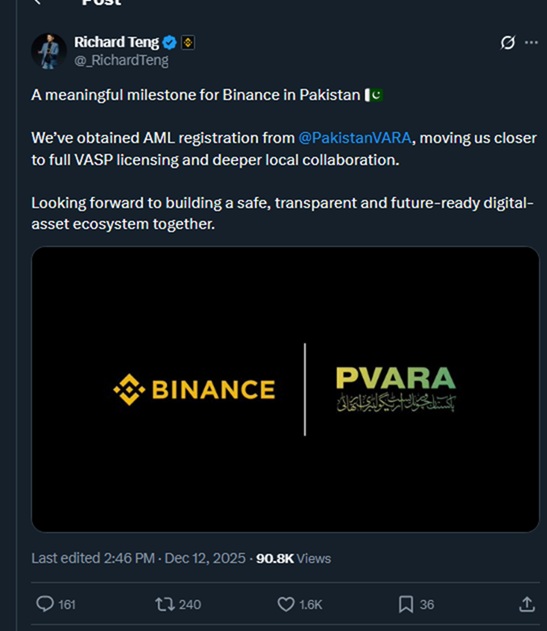
Source- X
This is not just an infrastructure move, as the world’s major exchanges become deeper embedded in developing markets, yet it is consistent with the increased demand to build cross-chain and transparent ecosystems. The regulatory clarity in Pakistan may serve as a guide to other emerging economies in Asia and Africa that may need to bridge the traditional finance to blockchain involvement.
LXYZ Protocol: The New Standard in Decentralized Trading
LXYZ is perfectly poised to join this global change, becoming the leading presale crypto defining decentralized finance on Solana. Its specialty of offering offers so seamlessly as off-chain markets, it sounds like speed and trust. In the introductory paragraph of its announcement, its key keyword focus and promise of deep liquidity transformed the perception of decentralized exchanges.
LXYZ has institutional-grade transparency, audited by SpyWolf, QuillAudits, and SolidProof. Its triple audit certification enhances investor confidence and confirms its model of solid hybrid AMM and order book. In Phase 1 of its presale, the price of every token is already 0.10, with the increase to 0.15 in the subsequent phase. Market confidence seems to be well established with 1,101 holders and a raised capital of $111,000.
In Solana, LXYZ can use unified capital in the form of meta-pools to reduce slippage but remain in control in a non-custodial manner. The platform is a trustless 100x leverage liquidity offering with full community alignment via DAO governance. The architecture of LXYZ, including its 400ms to finalize transactions, and the smart routing is in a unique position to position it next to Bitcoin and Ethereum in terms of research potential in this market cycle.
In contrast to centralized platforms, each of the elements of LXYZ is created to be verifiably owned, democratized, and widely interoperable. Its presale enables traders and liquidity providers to gain early access before token valuations go up with subsequent stages being released.
Conclusion: A Timely Entry Point for Early Investors
With global regulation becoming mainstream and Solana consolidating its DeFi presence, the LXYZ becomes a legitimate competitor to the leading presale crypto projects of 2025. Having gone through the audit, performance demonstrated and presale momentum picking up, investors have an easy call to action and this is to buy into LXYZ before the next round price breakout.
For more information about LXYZ visit the links below:
Website: https://l.xyz/
Buy Presale- https://l.xyz/#sale
Twitter/X: https://x.com/ldotxyz
Telegram:https://t.me/ldotxyz / https://t.me/lxyzgroup


